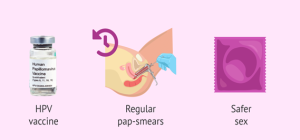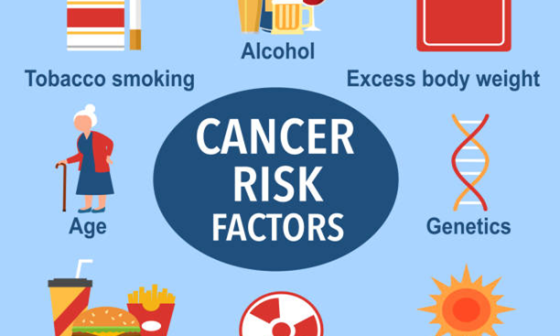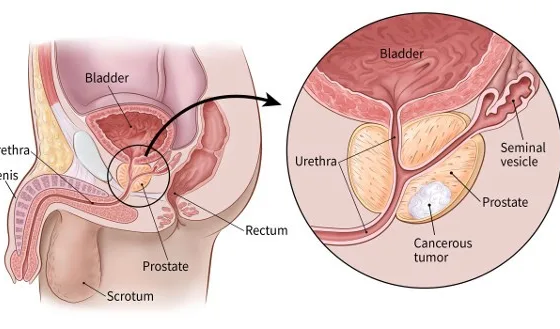Introduction
Cervical cancer is a global health concern for women, it is the fourth most common cancer in women. As long as cervical cancer is identified early and treated appropriately, it is among the most curable types of cancer. Palliative care combined with the right treatment can help control cancers that have been detected in their later stages. Therefore, understanding this condition, its origins, prevention strategies, and therapies are becoming increasingly important.
The goal of this article is to provide you with a thorough understanding of cervical cancer so you can make informed decisions about your health. Recall that prevention and early detection are crucial to maintaining a healthy long life.

Source: Washington State Department of Health
What causes Cervical Cancer?
The cervix is located anatomically at the entrance of the uterus from the vagina. Cervical cancer develops in a woman’s cervix. In cervical cancer, aberrant cells proliferate uncontrollably due to a mutation caused by an infection.
According to WHO, about 99% of all cervical cancer cases are linked to infection caused by about 14 strains of Human papillomavirus (HPV).
Of all cervical cancer cases, two of these varieties (HPV 16 and HPV 18) account for around 70 out of 100 cases (or 70%). HPV is an extremely common virus transmitted through sexual contact. Although most infections with HPV resolve spontaneously and cause no symptoms, persistent infection can cause cervical cancer in women.
Cervical Cancer Risk Factors
Although the cause of cervical cancer is known, there are additional variables that can raise the risk of cancer in women. These include:
- Weakened Immune System: The body may find it more difficult to fight against HPV infection if a person has conditions like HIV/AIDS.
- Smoking: Smoking destroys cells and makes it more difficult for the body to fight HPV.
- Early Sexual Activity Start: Engaging in sexual activity while young raises the risk of HPV infection.
- Many Sexual Partners: Multiple sexual partners increase a person’s exposure to HPV, which ultimately increases the risk of cervical cancer.
- Past Sexually Transmitted Infections: Having prior STIs raises the risk of developing cervical cancer example genital herpes.
- Long-term Birth Control Pill Use: Using birth control pills for five years or longer may marginally raise the risk of cervical cancer.
What are the Danger Signs of Cervical Cancer?
As the illness worsens, possible symptoms include:
- abnormal bleeding in the vagina (during or after menopause, or after sexual activity),
- unusual vaginal discharge (bloody, smelly, or watery),
- Pain in the pelvis or pain during sexual activity.
What can I do to prevent cervical cancer?
Frequent screening is necessary to identify aberrant cervical cells early on. Here are the main techniques for prevention:

Source:inviTRA
- HPV Vaccination: The HPV vaccine is very successful in preventing infections from the virus strains that pose the greatest threat. Although it can be given as early as age 9 and as late as age 26 (and in certain situations, as late as age 45), it is advised for preteens girls between the ages of 9 and 12.
- Routine Screening: Cervical precancerous or carcinogenic cells can be detected by a pap smear (Pap Test). It is advised that the test should begin at age 21 and continue every three years after that. The HPV test can be used as the main screening technique or in conjunction with the Pap test for women 30 years of age and above.
- Safe Sexual Practices: Consistent and appropriate use of condoms can lower the risk of HPV infection, and having fewer sexual partners can also help prevent exposure to HPV.
- Giving Up Smoking: Giving up smoking drastically reduces the risk of cervical cancer while also improving overall health.
Conclusion
Although cervical cancer can be a frightening subject, we offer trustworthy guidance, assistance, and materials. We intend to give you affordable and accessible care for your overall health and well-being. Get a health care plan that allows you to plan routine exams, communicate candidly with your physician, and lead a healthy lifestyle. Send us a message today!
Dr. Ifeoma Uduh, Dr. John Afam






